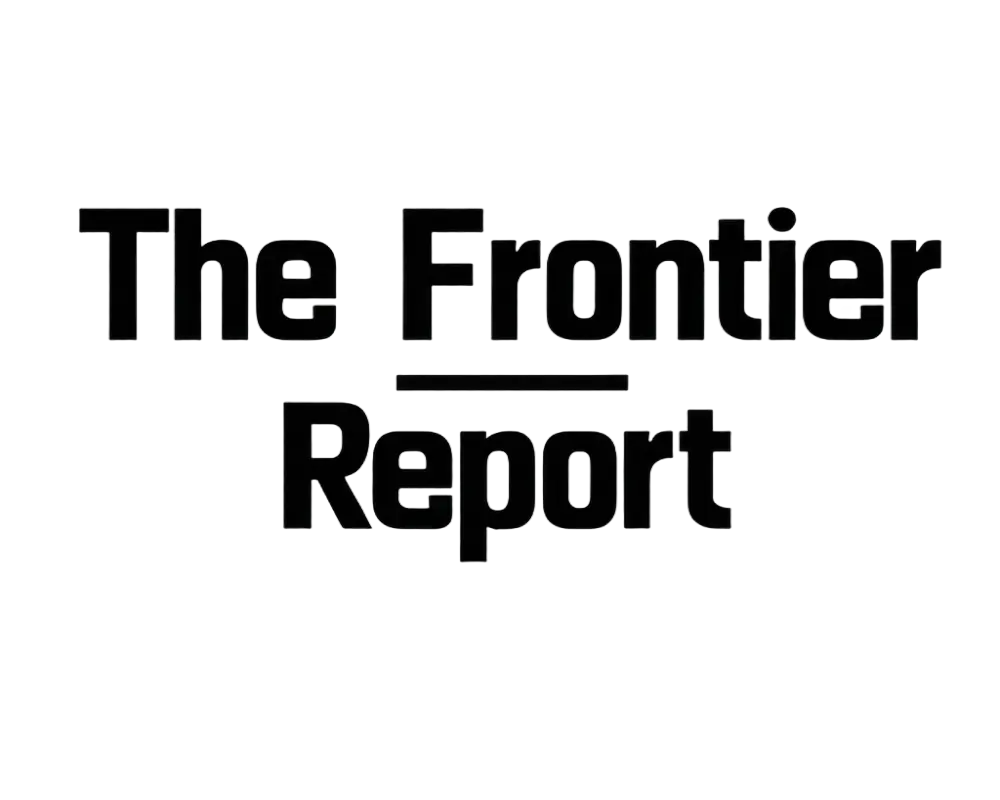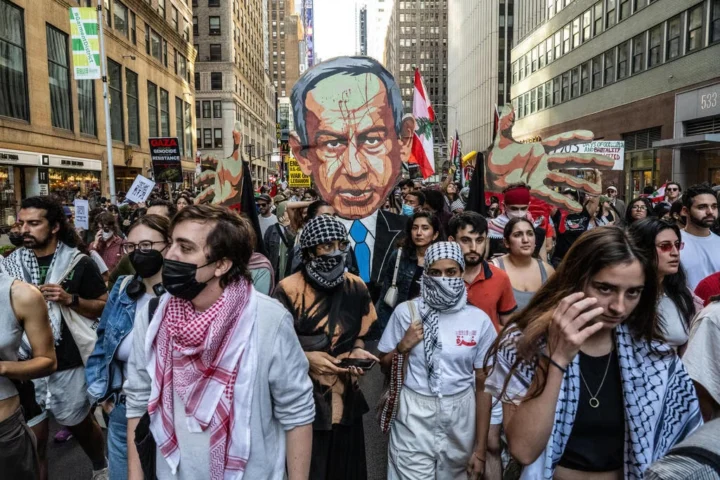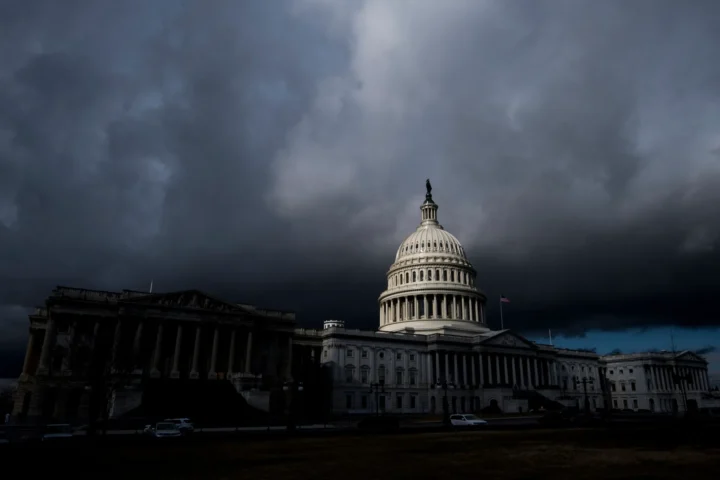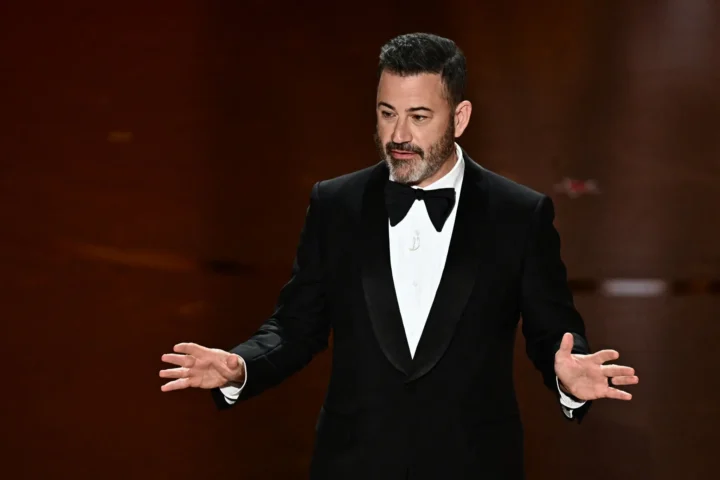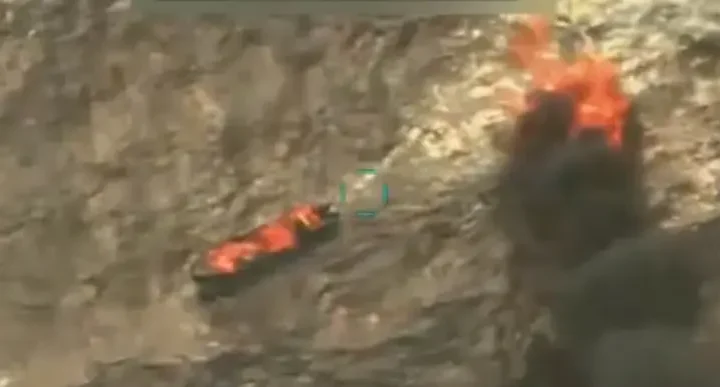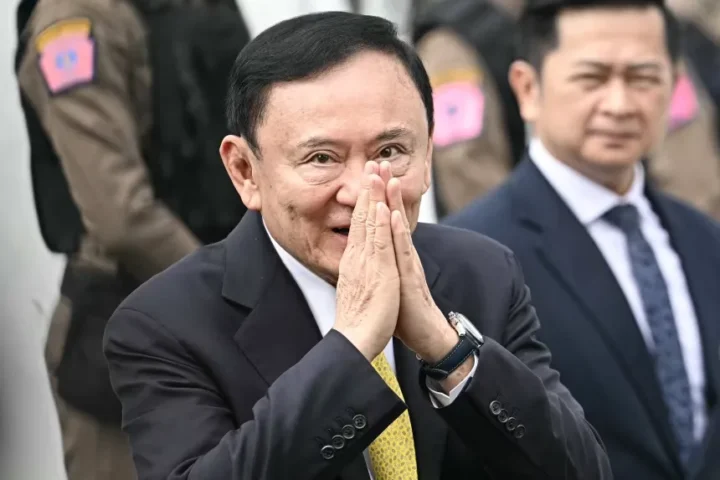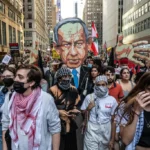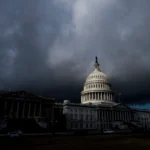On June 15, 2025, Americans flooded streets in more than 2,000 cities and towns. They called it “No Kings Day.” The message was blunt: this country isn’t a monarchy, and people are done watching democracy get stripped away.
The protests came a day after Donald Trump held a massive military parade in Washington, D.C. Tanks rolled down the streets. Fighter jets flew overhead. Soldiers stood in formation. It was supposed to celebrate Trump’s 79th birthday and the Army’s 250th anniversary. But to a lot of people, it looked more like a show of force—a president acting like a strongman.

So the next day, people showed up.
From big cities to small towns, somewhere between 4 and 6 million people joined in. Los Angeles alone had over 200,000 marchers. San Francisco had about 50,000. In Boston, the protest merged with Pride celebrations and brought out more than a million. People carried signs, chanted, held teach-ins, registered voters, and made it clear they weren’t just venting—they were organizing.
This wasn’t just a big-city thing. In places like Big Rapids, Michigan, and Provo, Utah, hundreds and thousands turned out. That mattered. It showed this wasn’t just coastal anger or partisan noise. Frustration with concentrated power and democratic backsliding was everywhere.
Most protests were peaceful. But not all.
In Salt Lake City, a protester was shot and killed during a march. The news hit hard. It was a painful reminder of how tense things have become, and how dangerous this political moment really is.
Los Angeles also saw some unrest. A smaller group broke off from the main protest and clashed with police. Fireworks exploded. Police in riot gear moved in. A curfew was declared. Most people stayed calm, but the anger under the surface is real—and close to boiling over.
Meanwhile, in D.C., the contrast was hard to ignore. On one side of town, Trump stood surrounded by military hardware, delivering a speech. On the other, thousands of people marched toward the Capitol, holding signs that read “No Kings” and “Power Belongs to the People.” It was two very different versions of what this country stands for.
This wasn’t just about Trump. Protesters also called out the institutions that allowed things to get this far—Congress, the courts, the media, corporations. People are tired of waiting for someone else to fix it. They don’t trust the system to save itself.
“No Kings” was also about what comes next. Organizers focused heavily on voter registration, local engagement, and building momentum for the 2026 midterms. They didn’t want this to be a one-day outburst. They want it to be a turning point.
As the day ended, candlelight vigils popped up in parks and town squares. People stood quietly with signs, lit candles, and looked exhausted—but not discouraged. If anything, the tone was defiant.
This wasn’t just a protest. It was a reminder.
Americans showed up to say the country doesn’t belong to one man, no matter how powerful he looks standing next to tanks. This is a republic. No crowns. No kings. And millions of people are still willing to fight for that.

